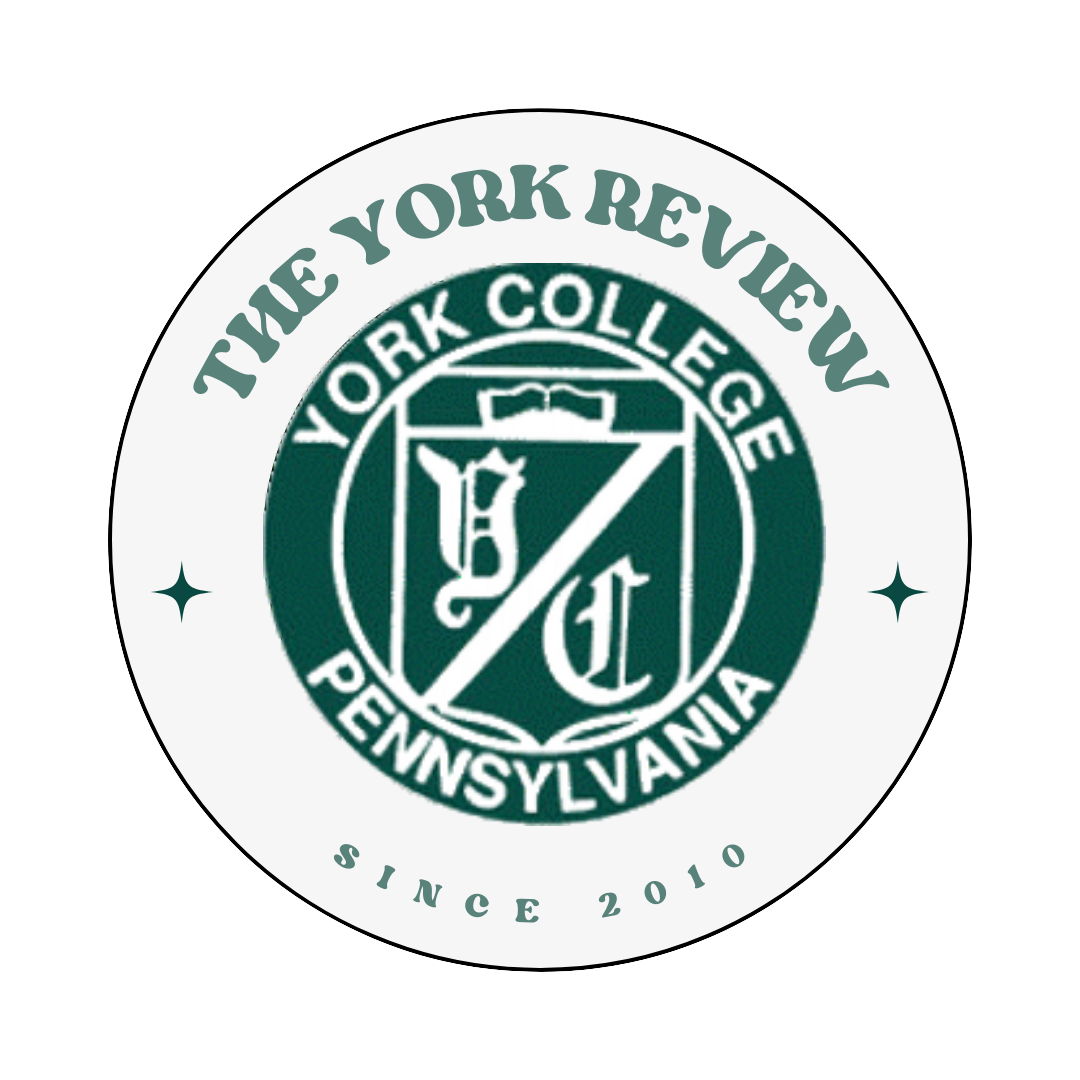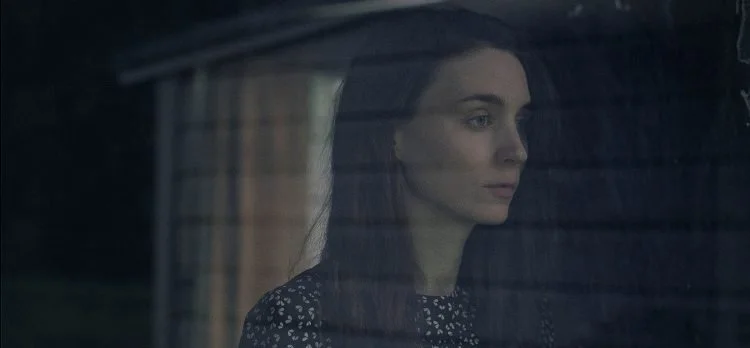Life in 92 Minutes: “A Ghost Story” 2017 Review
How do I tell you to watch A Ghost Story without telling you anything about it? David Lowery (Pete’s Dragon, The Green Knight) knew exactly what he was doing when titling this film, as I cannot think of a better preface for this experiment in filmmaking. This film is very aware of itself and where it stands as a timeless piece of art starting from the very first scenes. We begin with a black screen, listening to Rooney Mara’s (The Girl with the Dragon Tattoo, Women Talking) soft-spoken words on how she would always write notes to herself as a kid and leave them hidden in the many houses she moved out of. After roughly twenty seconds, we slowly fade into the glowing bedroom of our main characters. This is the film’s warning to the viewer: this is not Speed (1994). Do not be alarmed by this lack of pace though. I believe there is enough substance to this film to keep most moviegoers interested, you just have to bear with it sometimes. To further prepare you: there is a five-minute-long unmoving shot where a dearth of action happens and production unsubtly asks the viewer to mentally engage with the scene at hand. It is one of my favorites and I don’t apologize for suggesting you watch it.
The picture that eventually comes into view is the possessor of the voice, M, speaking to her partner, portrayed by Casey Affleck (Gone Baby Gone, Manchester by the Sea), C, lying close together and close to the 1.33:1 framing of their nondescript room. As you can tell by the lack of names, this film takes some unconventional liberties; snicker when you want but I promise you eventually they’ll fade into the film. An unexpecting viewer, turning this on for a midday watch while folding laundry, may not see these this way, which is why I argue this is a movie that deserves your full attention. This is a symphony of film and each instrument should be heard in purity as their sounds weave together to create this work of art. What would Beethoven's Symphony No. 9 be if we couldn’t hear the string section? Would we even remember it? I’m sure Will Oldham’s (Old Joy, Wendy and Lucy) pointedly nihilistic character coined “Prognosticator” would have a clever response but I digress. These patient, deeply personal opening moments provide us not with an immediate connection to our characters but with a simplistic appreciation of their humane love for one another. Within the first two scenes, Lowery gets our emotions wrapped up in the story and we’re along for the journey. Except, the journey doesn’t go very far. The journey really only happens over one particular place: an unidentifiable location somewhere in the United States, discernable merely by the American English our characters speak. As mentioned, conventional was never in question.
At this point, you may be wondering what actually compels someone to continue watching this film and I’ll admit, I’ve been telling you to ‘just go with it’ a lot. Its because I personally have a hard time putting my finger on it. It may be because Lowery’s sharp writing, raising various questions on life, time, and existence, compels you. It may be because Andrew Droz Palermo’s (One & Two, The Green Knight) patient camerawork, elevating this film between genres, compels you. It may be because the film’s commitment to the atypical, asking you to forget normalcy for just 92 minutes of your life, compels you. Or perhaps it’s because Daniel Hart’s (The Last Letter From Your Lover, Peter Pan & Wendy) transcendental contribution of a soundtrack breathes life into this film. This isn’t another movie with a clear setting, clear characters, and a clear theme. There are no names, no identifiable landmarks, and the nature of this film leaves so much to interpretation that I’d say it's nearly impossible for two people to experience it in the same way. This film is not for everyone, and for those of you who find yourself hating it, I still say just go with it. Watching a movie is one of the better ways you can spend an hour and a half.

